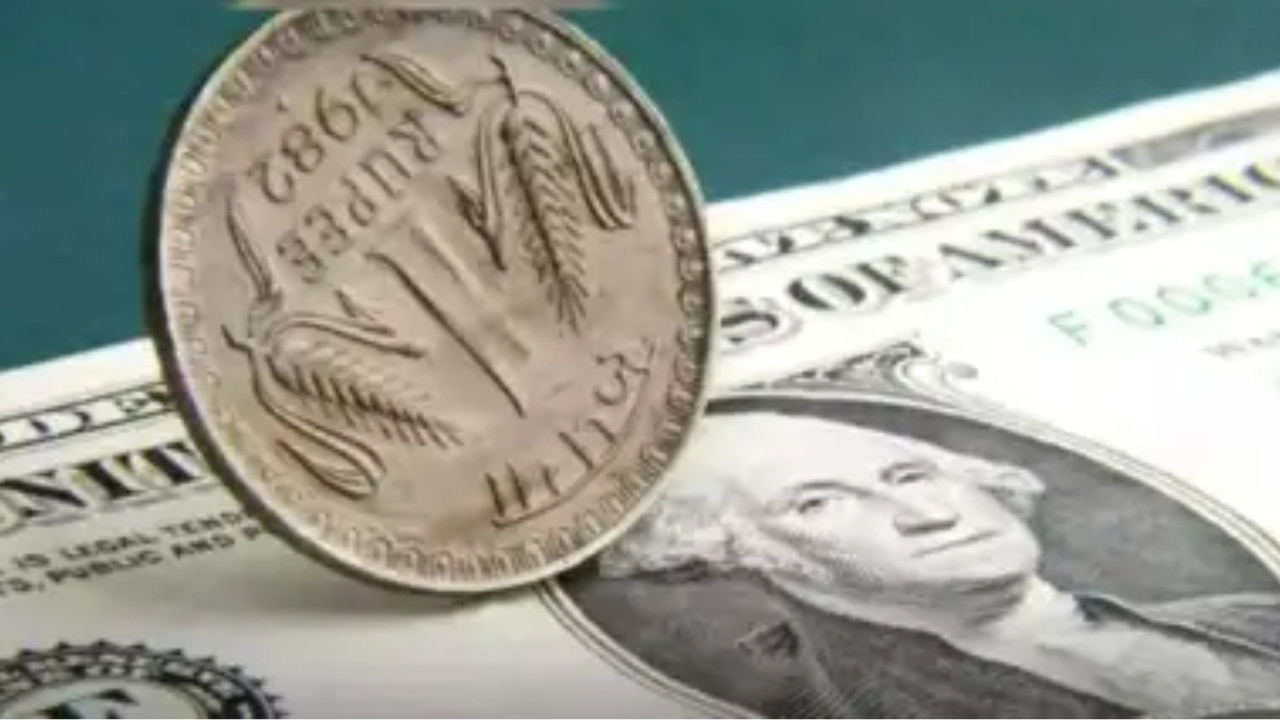The Indian rupee depreciated to a record low of 88.10 against the US dollar. This decline occurred due to worries about Indo-US trade and strong dollar demand. Foreign fund outflows also put pressure on the rupee. Domestic equities provided some support, leading to a slight recovery. Concerns over US tariffs and rising crude oil prices may further strain the rupee.
The Rupee’s Dive: Navigating Choppy Economic Waters
The Indian rupee recently brushed against an unwelcome milestone, dipping to an all-time low of ₹88.10 against the US dollar. It’s a headline that likely caused a ripple of concern, from the seasoned investor to the everyday consumer. But what’s driving this downward trend, and what does it mean for India’s economic future? Let’s unpack the forces at play.
Understanding the Rupee’s Weakening Trajectory
Several factors are conspiring to push the rupee lower. A significant player is the persistent trade deficit. India imports more than it exports, creating a demand for dollars to settle these international transactions. This sustained demand naturally strengthens the dollar while putting downward pressure on the rupee. Think of it like a seesaw: as dollar demand rises, the rupee’s value dips.
Adding fuel to the fire are the ongoing concerns surrounding global economic growth. Uncertainties stemming from geopolitical tensions and varying performances across major economies contribute to a risk-averse environment. In times of uncertainty, investors often flock to safer havens, and the US dollar has traditionally been one of those safe harbors. This “flight to safety” further boosts the dollar and consequently weakens emerging market currencies like the rupee.
Foreign fund outflows further compound the problem. When foreign investors pull their investments out of Indian markets, they sell rupees and buy dollars to repatriate their funds. This selling pressure adds to the rupee’s woes, accelerating its decline. Imagine a dam losing water not just through a natural outflow, but also through a deliberate release – that’s the effect of foreign fund outflows on the rupee’s value.
Navigating the Impact of a Weaker Rupee
So, how does this rupee depreciation impact the average Indian? The effects are multifaceted. Firstly, imports become more expensive. Consider essential commodities like crude oil, a significant portion of which India imports. A weaker rupee translates directly to higher import costs, potentially fueling inflation across the board. This is reflected in higher prices at the pump and potentially impacting the cost of various manufactured goods.
Secondly, businesses that have borrowed heavily in foreign currencies face increased repayment burdens. As the rupee weakens, they need to shell out more rupees to service their dollar-denominated debts. This can strain their profitability and potentially impact their ability to invest and grow.
However, it’s not all gloom and doom. A weaker rupee can also provide a boost to India’s export sector. Indian goods and services become more competitive in the international market, potentially leading to increased export revenue. Sectors like IT and pharmaceuticals, which rely heavily on exports, could see a positive impact. 
Potential Interventions and the Road Ahead
The Reserve Bank of India (RBI) undoubtedly keeps a watchful eye on the rupee’s movements. The central bank possesses tools to intervene in the foreign exchange market, primarily through buying or selling dollars to manage the rupee’s volatility. However, intervention is often a balancing act. Aggressive intervention can deplete India’s foreign exchange reserves, which are crucial for maintaining economic stability.
Looking ahead, the trajectory of the rupee will depend on a complex interplay of global and domestic factors. A sustained improvement in India’s trade balance, driven by increased exports and reduced reliance on imports, could help stabilize the rupee. Furthermore, a more stable and predictable global economic environment could reduce the “flight to safety” flows that currently favor the dollar.
Domestically, continued reforms aimed at attracting foreign investment and improving India’s economic competitiveness will be crucial. Strong economic fundamentals, coupled with prudent monetary policy, are the building blocks for a stable and resilient currency. Understanding the recent movements in the Indian currency can also help to clarify how other economic factors are measured and understood, as highlighted in our earlier article on [India’s GDP Growth](internal-link).
Charting a Course Through Currency Fluctuations
The recent dip in the rupee’s value serves as a reminder of the interconnectedness of the global economy and the challenges inherent in managing a currency in a dynamic world. While short-term volatility is inevitable, a long-term focus on strengthening India’s economic foundations remains the key to ensuring a stable and prosperous future for the rupee and the nation. The situation underscores the critical need for proactive economic policies and strategic financial management to navigate these ever-shifting currents.







